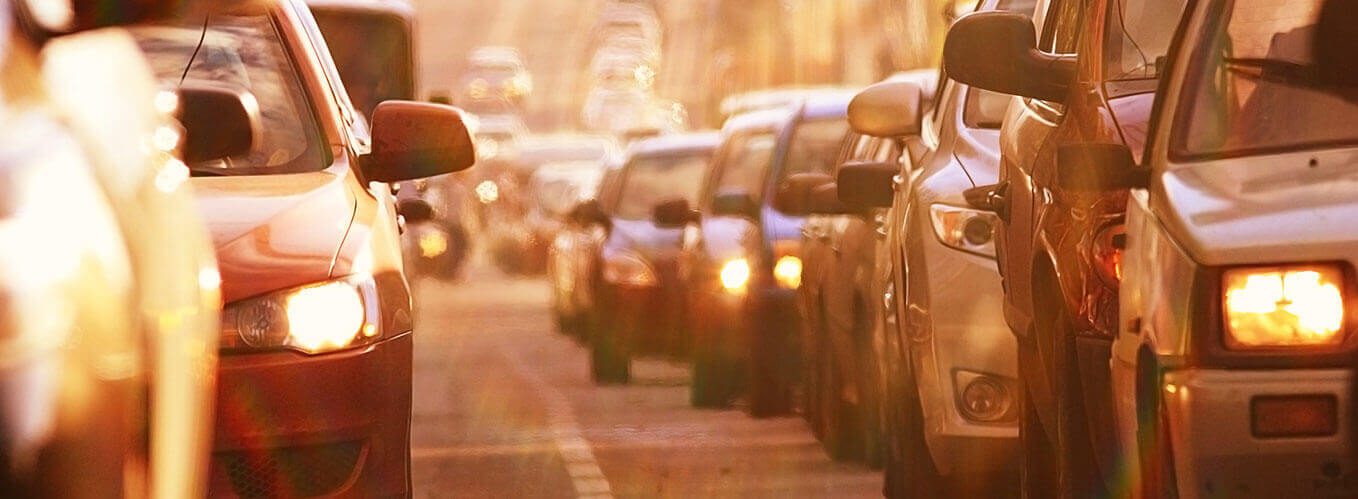How to Drive in Texas: The 10 Most Important Rules of the Road
The freedom of the open road is like no other especially when you follow all the rules of the road. Everyone with a valid license should have passed their driving test and be aware of the rules of the road. Most of the time your commute is uneventful and smooth. However, your uneventful joyride can quickly turn into a headache when someone else decides not to follow all the rules and crashes into you. You will need a Texas car accident lawyer on your side when this happens. Read along as we explain the top 10 most important rules of the road in Texas.
Texas Rules of the Road
Texas follows most of the same rules as other states but it also has its own rules you should keep in mind. Some driving rules and regulations you should follow are:
- Ramp Metered When Flashing: On-ramps and freeways will have signals prior to entering. A flashing yellow will warn drivers of the upcoming ramp meter. Once there, each green light signals that one vehicle can enter the freeway.
- Drunk Driving: In Texas, the blood alcohol limit is 0.8 or more. Potential consequences include fines, a suspended license, and even jail time.
- Yielding: When traveling on an access road you must yield to traffic entering and exiting the expressway or freeway.
- Seat belts and restraints: Children between one and seven are required to be secured in a safety seat system. Children between eight and fifteen must wear a seat belt. Adults are required to wear a seat belt when riding in the front seat.
- School buses: If a school bus has its red alternating lights flashing when you are approaching you must come to a stop until the lights stop flashing.
- Passing: Drivers must pass on the left and drive on the right and it is legal when there is a dashed white or yellow line. Passing is not allowed over a solid line or where there is a “No Passing Zone” sign. Man accidents are caused by improper passing. If you are involved in an accident you should contact a car accident lawyer.
- Speed Limits: Texas has many different areas drivers can encounter. Residential speed limits are 25-30 mph, freeways within the city are 55-75 mph and outside of city limits are 55-85 mph. An undivided rural road is 55-75 mph and a divided one is 75 mph.
- Emergency vehicles: You must yield to emergency vehicles when they have their flashing lights on. If the emergency vehicle is in the intersection, a driver should not enter the intersection otherwise you will be obstructing the way. If an emergency vehicle is overtaking you, you are required to pull over until they pass and it is safe to resume driving.
- Intersections: It is illegal to block an intersection. Do not enter the intersection unless you are sure you can clear it.
- License plates: Texas requires both a valid front and rear license plate.
Contact an Experienced Car Accident Lawyer
If you or a loved one have been involved in a car accident you need the assistance of an experienced car accident lawyer. Contact Thomas J Henry at 866-517-5659 for a case evaluation. We will fight to ensure that your rights are protected and you obtain the compensation you deserve for injuries suffered in a Texas car accident.


